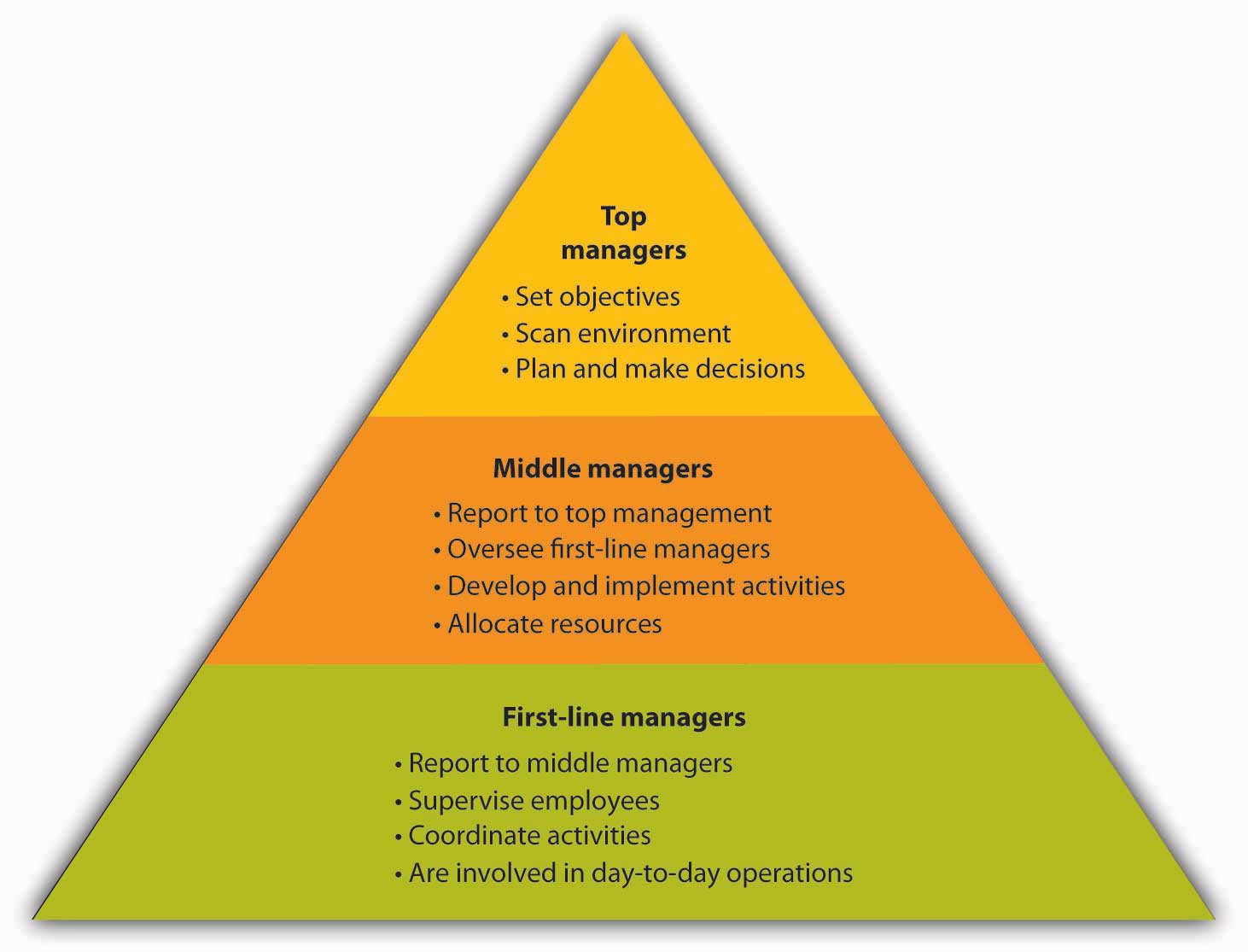![[Un]Stuck in the Middle: The Surprising Catalyst of Digital Transformation](https://www.apexon.com/wp-content/uploads/2022/04/AdobeStock_239828859-735x300.jpeg)
![[Un]Stuck in the Middle: The Surprising Catalyst of Digital Transformation](https://www.apexon.com/wp-content/uploads/2022/04/AdobeStock_239828859-735x300.jpeg)
Most digital transformations fail, but research shows that putting middle managers in the driver’s seat can help develop a viable strategy, increase employee participation, and boost success rates.
The Big Idea:
As the link between leadership and employees, middle managers serve as catalysts of digital transformation.
Why it’s important:
Research suggests when mid-level managers are involved in the transformation process, success rates increase.
What’s ahead:
This article will explore how typical corporate structure puts middle managers in the perfect position to drive digital transformation; the challenges they face in their pursuit; resources they need to succeed; and statistics proving the need for mid-level managers in the digital transformation process.
Middle Management Vantage Point
Uniquely positioned within an organizational structure, middle managers are the glue of organizations and some of the greatest champions of change. Let’s explore five characteristics of the mid-level management role that make it ideal for driving organizational change:

Combined, these five qualities make mid-level managers the fulcrum of their corporations. They have the power to balance expectations of both their upper and lower counterparts to achieve operational equilibrium. Mid-level managers are poised as change makers, indeed. But make no mistake, there are hurdles that must be cleared first.
The Problem with Middle Management-Driven Digital Transformation
Yes, middle managers are uniquely positioned to enact change, but digital transformation won’t happen overnight, even if your mid-level folks are engaged. Examining the problems that prevent them from leading organizational change is essential to discovering an easier path to success. Difficulties include:
There are complications abound with driving digital transformation from the center. But in the middle managerial spirit of problem solving, solutions to the aforementioned problems are within reach.
Setting Middle Management Up for Success
To bypass roadblocks and achieve digital transformation, middle managers require a certain set of resources, including:
The Proof
At this point, you’re likely convinced that prioritizing middle management engagement in digital transformation is, in theory, an effective approach. But over the years, organizations of all sizes have put this theory to the test and actually proved its validity. A McKinsey survey found that in the most successful transformations, 82% of organizations visibly engaged middle managers. A separate Harvard Business Review study illuminated a trend amongst successful digital transformation projects: they all majorly involved their mid-level managers.
Middle Managers: The Surprising Key to Digital Transformation
Getting stuck in the middle of digital transformation efforts is common for most organizations. But driving change management from the middle is the surprising key to success. Mid-level management is perfectly placed in organizational structures to influence, communicate, and mediate the digital transformation strategy from the center. Sandwiched between leadership and employees, they can reach up and down to make significant business impact. Although the road to implementation can be impeded by obstacles, an effective chain of communication, comprehensive training, and trust in middle managers to enact change can be the difference between failure and success.
Now is the right time for your organization to bring awareness to the importance of digital transformation and implementation, starting in the middle. To learn how Apexon can help you build your own success story, get in touch with us below.